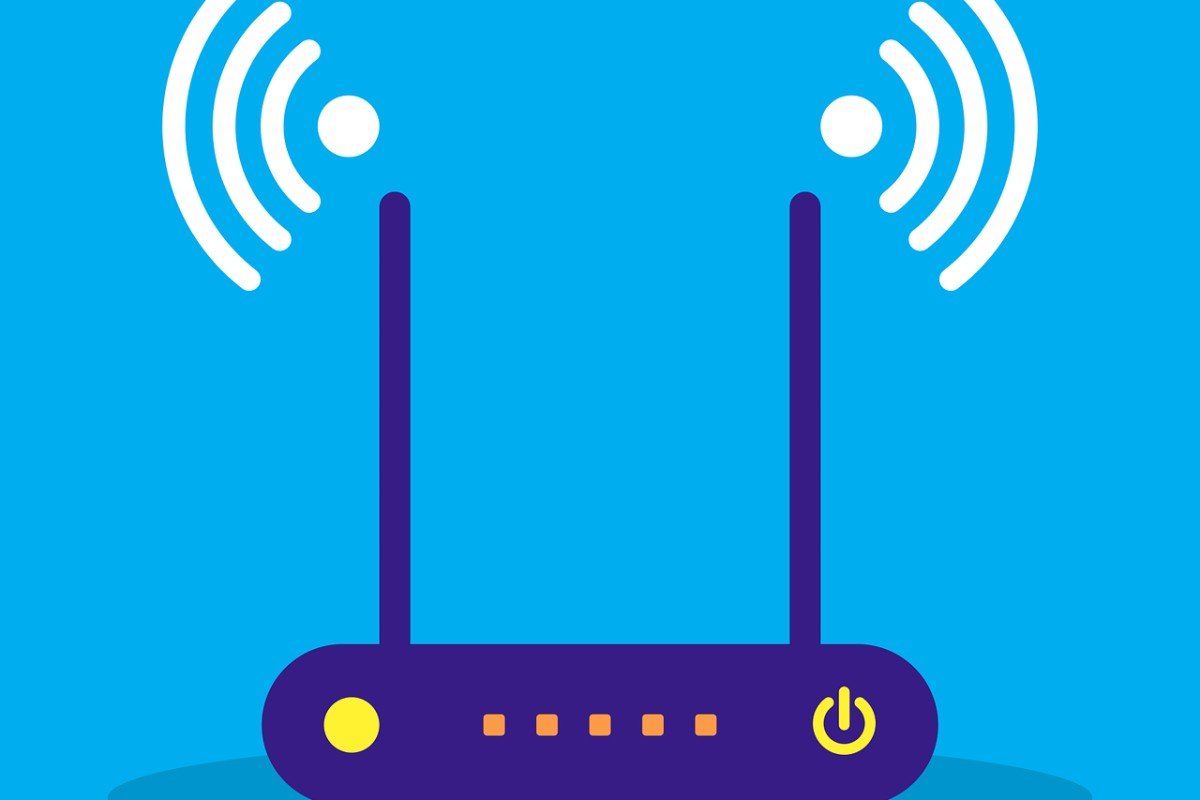The tech world first started hearing about Wi-Fi 6 in 2018, when Wi-Fi Alliance announced the next generation of Wi-Fi based on 802.11ax technology. Currently, not many devices support Wi-Fi 6. Apple iPhone 11 and Samsung Galaxy Notes are two known smartphones providing support to Wi-Fi 6. Recently, we have seen Wi-Fi 6 routers emerging in the market. Some of the primary benefits of Wi-Fi 6 devices are faster speeds, increased throughput, and better user experiences. They work better in higher-density environments, enhance the battery life of compatible devices and support an increased capacity of devices. They also boast higher data transfer rates than their predecessors.
How Is Wi-Fi 6 Different?
The new generation Wi-Fi 6 is capable of a maximum throughput of 9.6 Gbps across multiple channels, compared to 3.5 Gbps on Wi-Fi 5. This implies that Wi-Fi 6 capable router could hit speeds over 250% faster than current Wi-Fi 5 devices.
What Makes Wi-Fi 6 Faster?
You may attribute the higher speed capability of Wi-Fi 6 to technologies such as Orthogonal Frequency Division Multiple Access (OFDMA), Multi-User, Multiple-Input, Multiple-Output (MU-MIMO), Beamforming and 1024 quadrature amplitude modulation (QAM). OFDMA, for example, permits access points to serve many customers at the same time. Another technology that allows numerous devices to communicate is MU-MIMO. While OFDMA is well suited to low-bandwidth, small-packet applications like IoT sensors, MU-MIMO improves capacity and efficiency in high-bandwidth applications like mission-critical voice calls and video streaming. Beamforming allows the router to target a specific device rather than broadcasting signals throughout the network, resulting in a faster and more stable Wi-Fi connection. QAM clubs two amplitude modulation (AM) signals into a single channel. This help improves its effective bandwidth.
What Is Wi-Fi 6E?
Another addition is Wi-Fi 6E. Wi-Fi 6E capable devices have a new band with a whole new set of Wi-Fi channels to reduce network congestion and dropped signals. This was launched due to the FCC’s decision to allow unlicensed broadcast over the 6 GHz band. This decision increases the amount of bandwidth available for Wi-Fi utilization and IoT devices—1,200 MHz of spectrum in the 6 GHz band available for unlicensed use. It is important to note that all devices that support Wi-Fi 6 will not be compatible with Wi-Fi 6E. To fully realize the potentials of Wi-Fi 6 and Wi-Fi 6E, the infrastructure should have compatible Wi-Fi routers or mesh systems, devices capable of supporting the new generations of Wi-Fi and high-speed internet connection.
